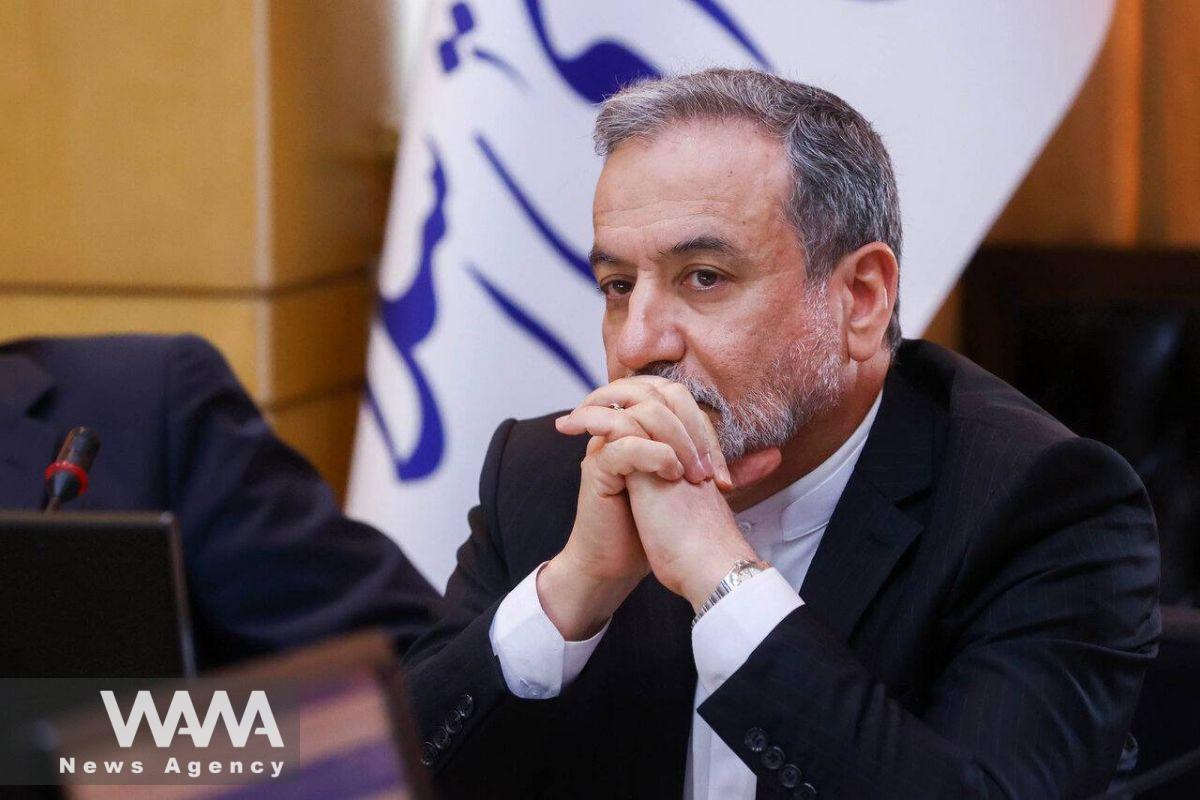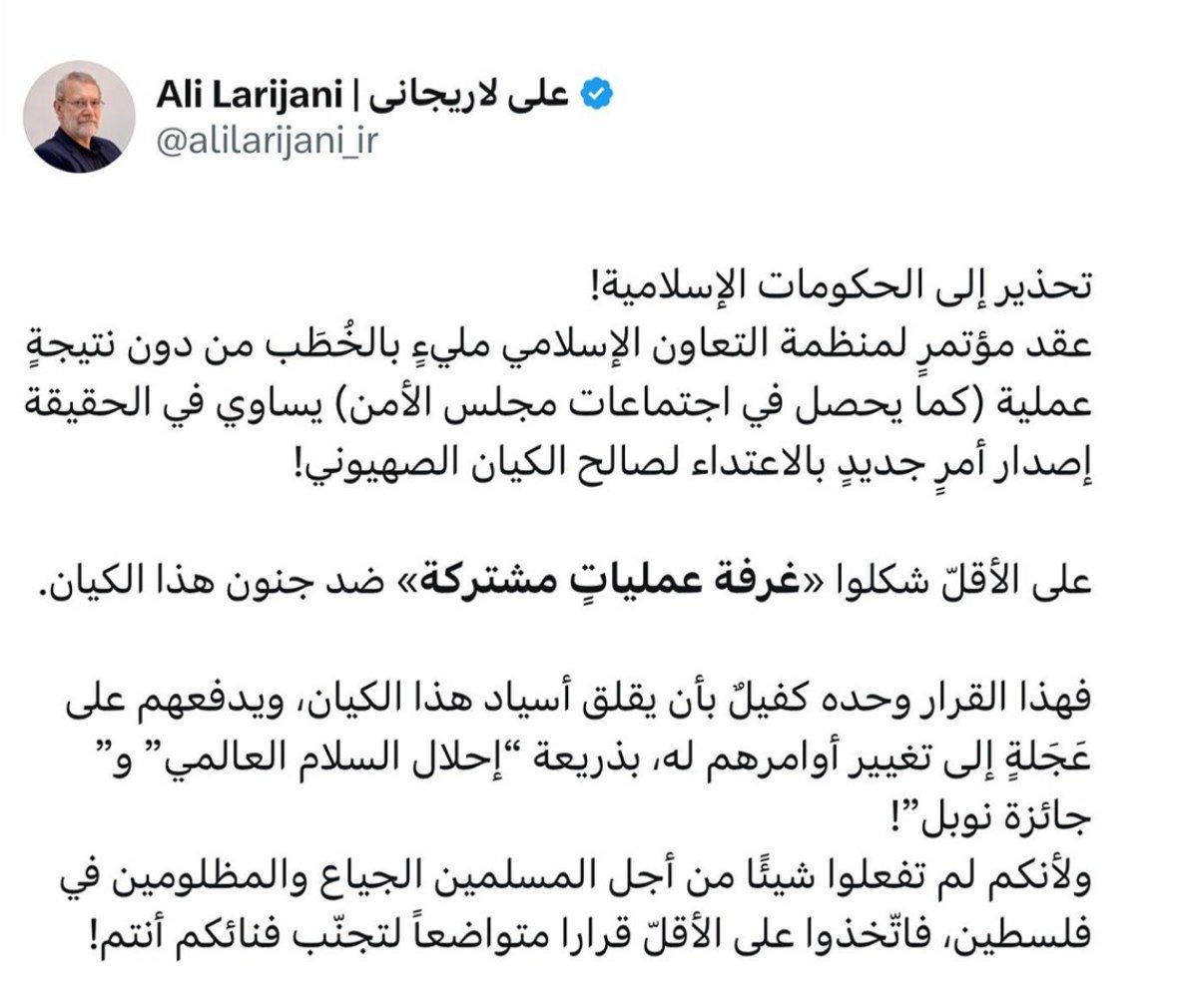WANA (Sep 13) – The recent events in the Middle East show that the crisis goes far beyond a temporary military clash. Israel and the United States, through overt or covert cooperation, are pursuing a project to redefine the region’s political and security map—a project designed to alter the status of states and re-engineer the balance of power.
In this scenario, Washington and Tel Aviv aim to reshape the roles of countries, redraw lines of power, and even restructure the region’s human geography. Qatar, Syria, and Lebanon have each become pieces of this puzzle. At the center stands Iran, as the key actor of the resistance axis, facing a carefully designed trap: either remain silent and cede the arena, or react hastily and give its enemies the pretext for a large-scale war.

WANA (Sep 11) – Israel’s recent strike on a gathering of Hamas leaders in Doha, Qatar, was not a one-off incident; rather, it reflects a recurring pattern that has unfolded in a chain of events over the past year. The attack, which constitutes a blatant violation of a third country’s sovereignty, appears to be part […]
1. From Limited War to Regional Engineering
Israel has learned from past experience that short wars cannot fundamentally alter regional equations. This is why it has moved toward imposing new rules:
In Gaza: it pursues demographic change through displacement and forced expulsion.
In Syria: it seeks to clear large areas from south of Damascus to the Golan Heights of combat forces.
In Lebanon: it threatens a full-scale offensive targeting not only the resistance but also state infrastructure.
Tel Aviv thus wants to elevate the battlefield from sporadic confrontations to structural transformations.
“The new mural in Tehran’s Palestine Square about the Israeli army’s casualties in Gaza and Netanyahu’s power-seeking. Social media/ WANA News Agency
2. Qatar: A Critical Node
Despite its small size, Qatar has emerged as a pivotal point in this project. Hosting Hamas leaders, managing the Al Jazeera network, and acting as a mediator in Gaza negotiations have made Doha a direct target for U.S. and Israeli pressure.
Reports suggest Washington has asked Qatar to restrict the freedom of resistance leaders and to make changes in Al Jazeera’s management. Yet Qatar’s role has already disrupted the political and media balance in favor of the resistance.
This position has turned Qatar, far beyond its geographical weight, into a key knot in the crisis—precisely where Washington and Tel Aviv seek to silence the voice of resistance.
Following Israel’s recent military action in Qatar and amid fears of a shifting balance, Ali Larijani, Secretary of Iran’s Supreme National Security Council, posted a short message in Arabic: “The message of the Zionist regime’s recent crime in Qatar: O countries of the region, take heed of my future domination!”
A video captures the moment of the Israeli airstrike targeting Hamas officials in Doha, Qatar. Social media / WANA News Agency
3. Iran and the Designed Trap
U.S. and Israeli strategists are trying to lock Iran into a calculated dilemma:
If it stays silent: it risks losing the field in Lebanon and Syria.
If it reacts quickly: it provides Washington and its allies with the legitimate pretext for launching a broader war.
This engineered duality forms the core of the redrawn regional map: with Iran weakened or removed, a new order could be imposed far more easily.

WANA (Sep 09) – Iran’s Foreign Minister emphasized that the only decisive way to confront Israel’s reckless conduct is through coordinated and united action by the Islamic world, following Israel’s attack on Qatar. On Tuesday night, September 9, 2025, Seyed Abbas Araghchi wrote in a post on X: “Israel has committed an act of […]
4. Tehran’s Initiative Against the Enemy’s Trap
Contrary to these calculations, Iran has neither remained passive nor reacted rashly. Instead, Tehran is working to turn the trap into an opportunity by combining military deterrence with active diplomacy:
On the ground: it has strengthened coordination within the resistance axis so that crises are not managed in isolation.
On the political front: it has opened diplomatic channels with Europe and several regional states to ensure pressure does not remain purely military.
In deterrence: its missile capabilities and regional power have sent a clear message—any direct war would carry a heavy price.
Ali Larijani, senior Iranian official and advisor to the Supreme Leader, urged Islamic countries to take concrete action rather than issue empty statements. Social Media / WANA News Agency
By doing so, Iran has moved from being trapped in a binary choice to holding an initiative. Official warnings have underscored this reality. The Secretary of Iran’s Supreme National Security Council stressed to Islamic governments: “An Islamic summit full of speeches and without practical results equals an open invitation for the Zionist regime’s next aggression! At the very least, establish a joint operations command against this regime’s madness.”
What is unfolding today is not merely a limited war or a temporary crisis, but a project aimed at redefining the geopolitics of the Middle East. The region is moving toward difficult days—days whose outcome will determine not only the future of Palestine but also the creation or collapse of an entirely new regional order.


